The line between luxury fashion and ready-to-wear is gradually blurring. Discover how the democratisation of luxury is redefining the way we consume and dress.
A new age for fashion
For a long time, luxury was perceived as a domain reserved for an elite, inaccessible to the general public. Rare items, exorbitant prices and an almost untouchable image surrounded this closed world. But in recent years, the landscape has changed: high-end products are no longer confined to private salons and red carpets, but have made their way onto the streets, into everyday wardrobes and even into the most unexpected collaborations.
The emergence of ‘everyday luxury’
Today’s consumers are no longer looking solely for the prestige of a label, but for the value of a garment in their everyday lives. The younger generations, particularly millennials and Gen Z, want pieces that are durable, well-cut and inspiring, but also wearable every day. This aspiration has given rise to what could be called ‘everyday luxury’, a subtle blend of timeless elegance and modern practicality.
Fashion between heritage and innovation
If luxury is becoming more accessible, it is also because fashion itself has evolved. Designers are now playing with hybrid codes, cuts reminiscent of haute couture, combined with functional and accessible materials. This hybridisation blurs boundaries and redefines the value of clothing. Wearing a “luxury-inspired” piece no longer means spending a fortune, but choosing a refined aesthetic and craftsmanship redesigned for everyday wear.
One of the most interesting examples of this trend is the collaboration between UNIQLO and British designer Clare Waight Keller. Their Autumn/Winter 2025 collection perfectly embodies this trend, with pieces that combine refinement and comfort, featuring elegant yet accessible silhouettes. Without positioning itself as pure elegant, this example illustrates a broader dynamic: luxury is gradually finding its way into the brands we all frequent.
A cultural and generational movement
Beyond clothing, this transformation reflects a cultural aspiration. Accessible luxury is not just a marketing trend; it responds to a deep desire to reconcile style and authenticity. In a world searching for meaning, dressing becomes a way to reinvent oneself, to appropriate codes that were once exclusive and transform them into a personal expression.
Towards an Inclusive Future of Fashion
The democratization of luxury does not mean its trivialization. On the contrary, it paves the way for a more inclusive fashion, where everyone can experience elegance in their own way. The future of fashion seems to be shaped around this promise: making what was once reserved accessible, and offering everyone the possibility to claim a share of the dream.
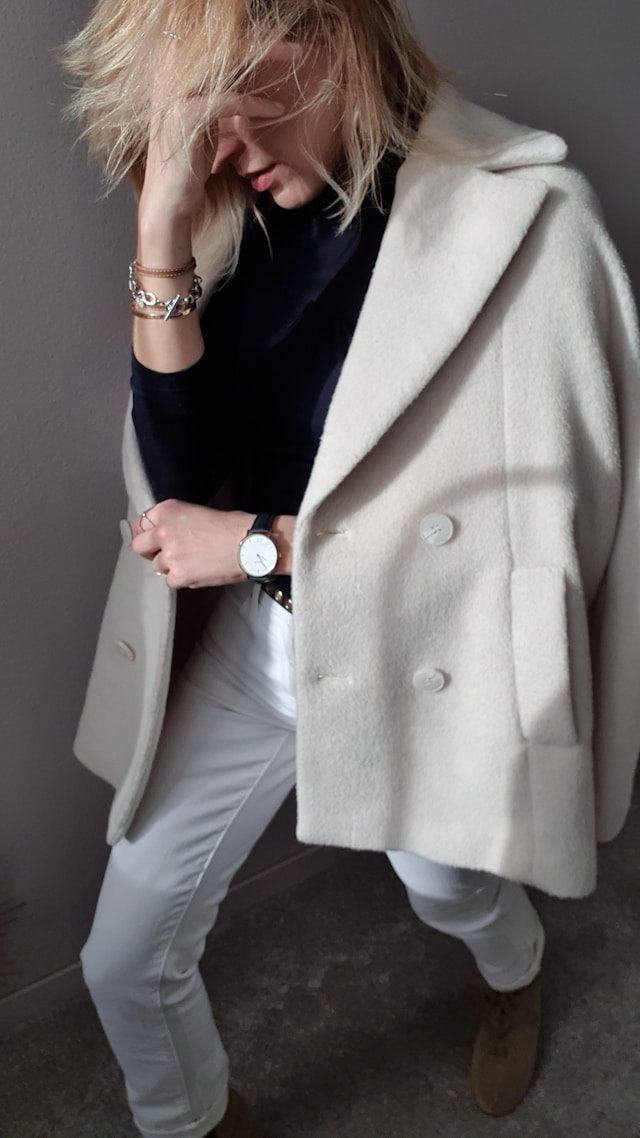
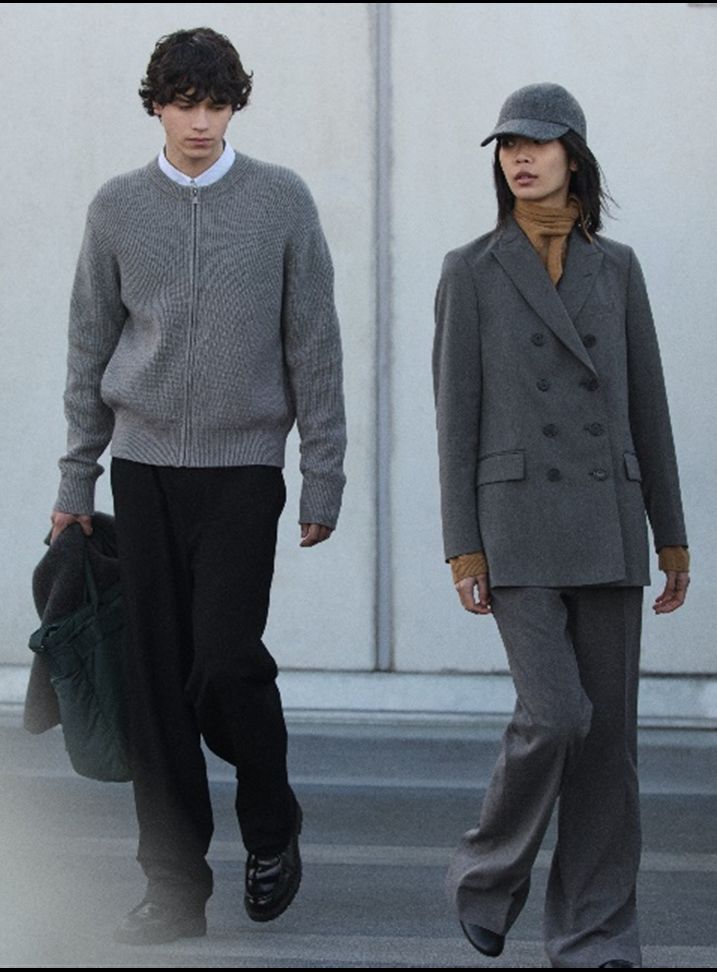


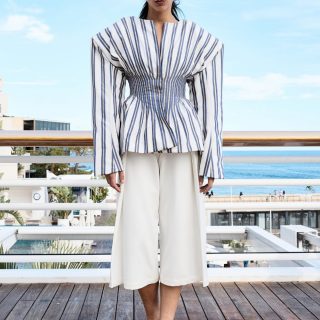







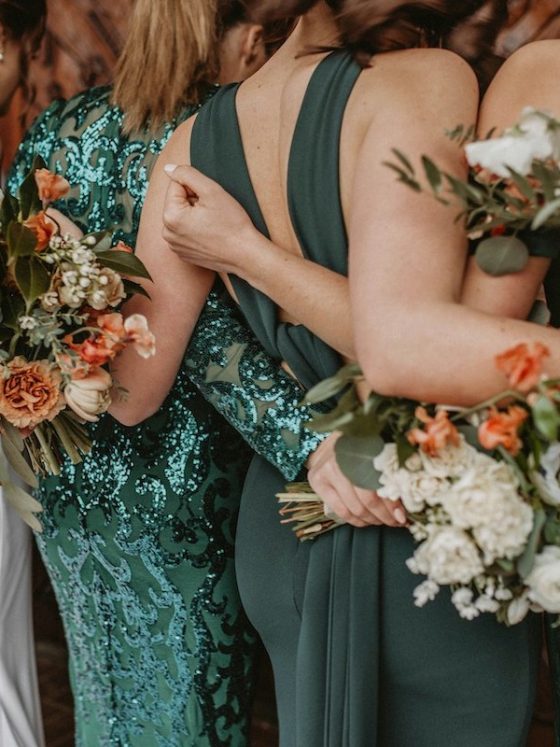
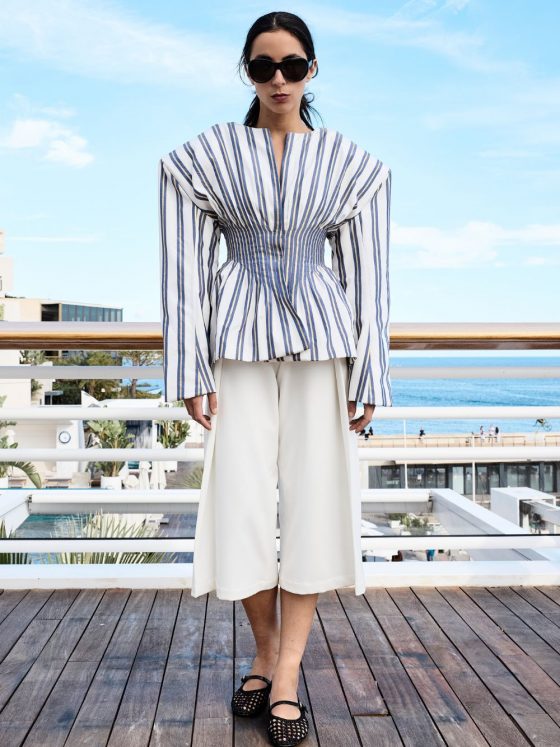







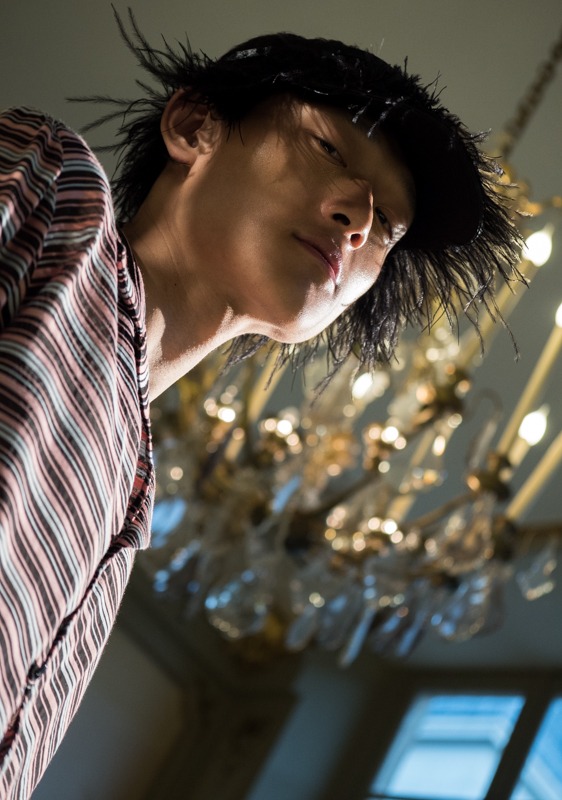
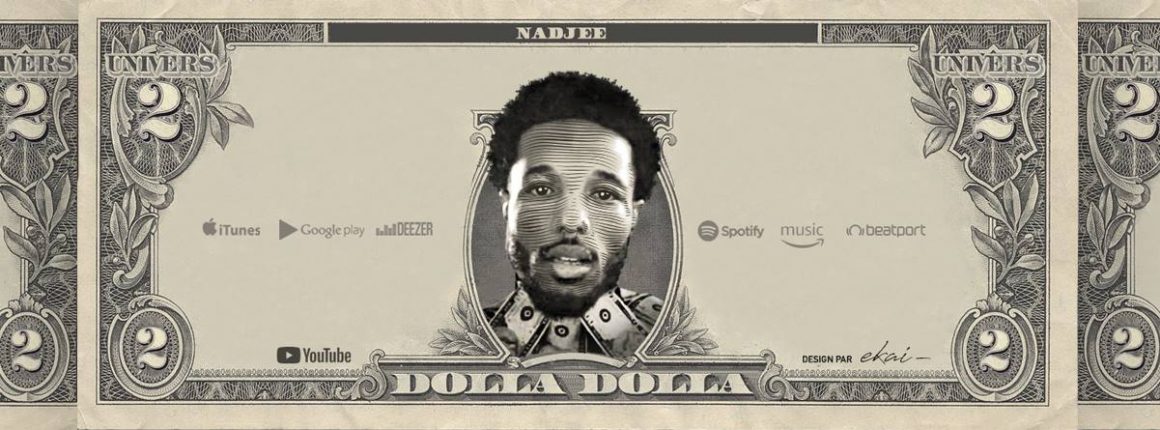

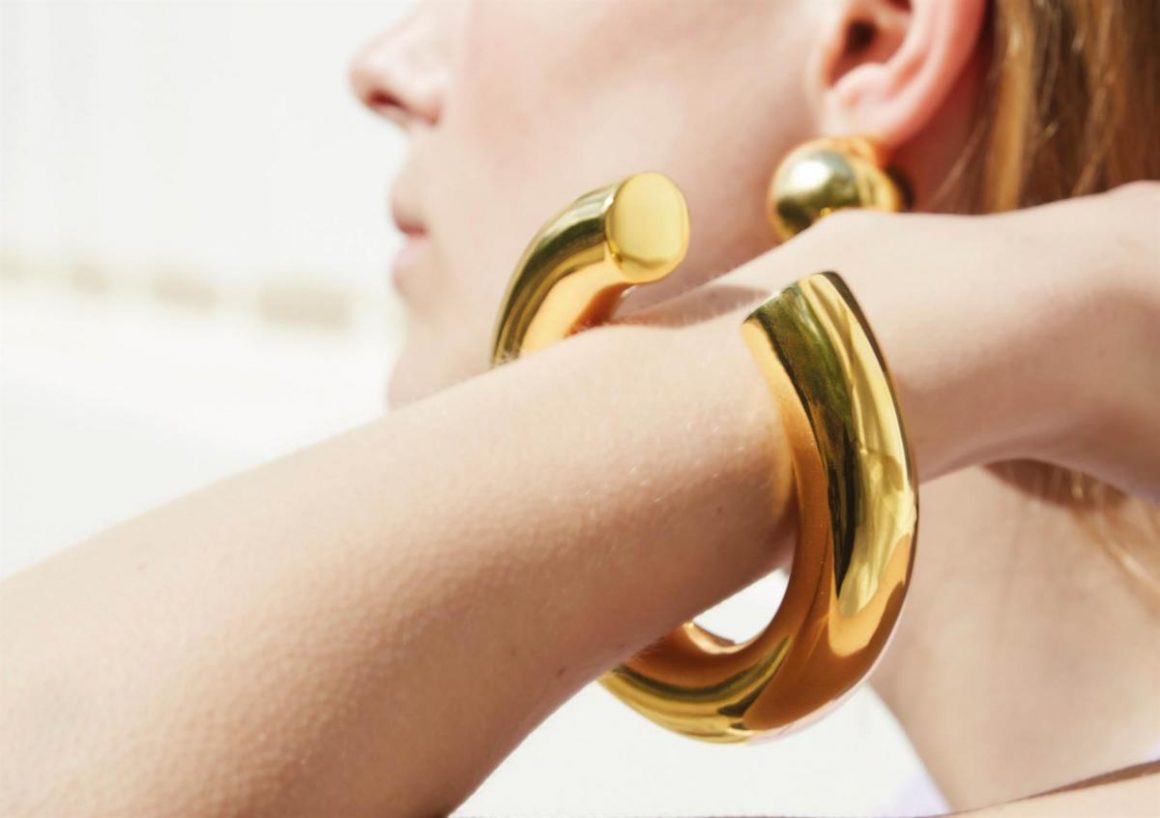
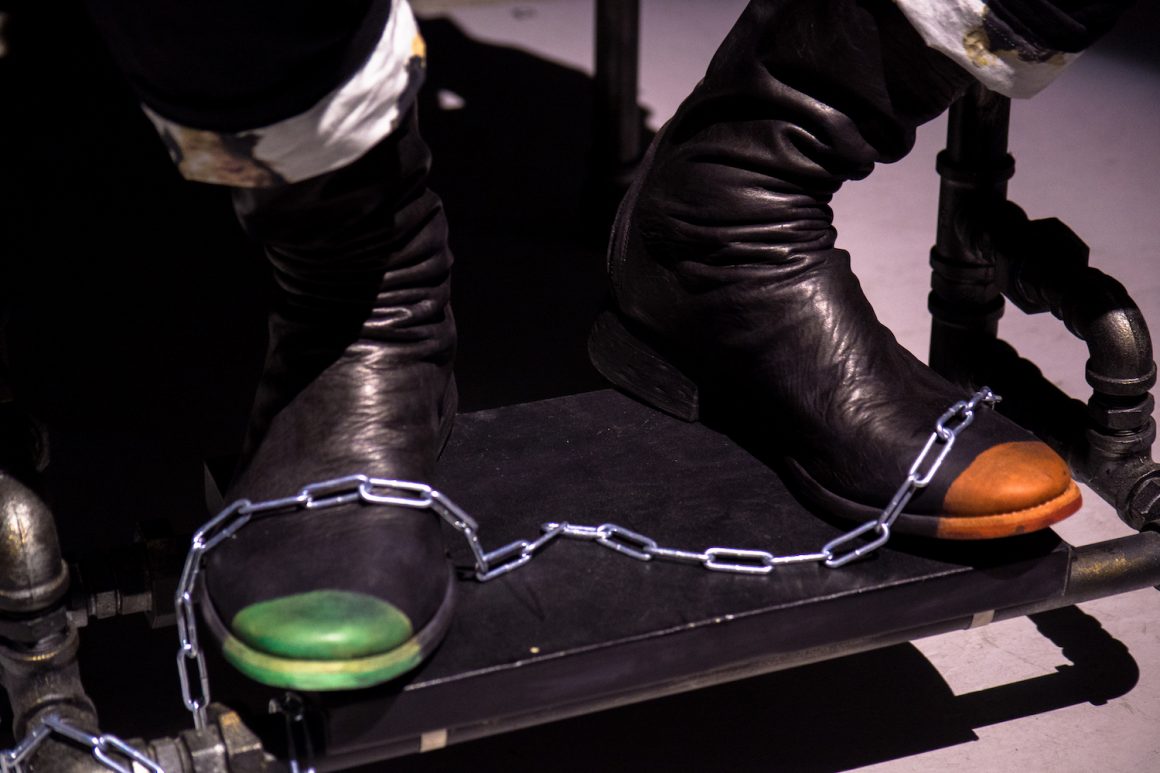

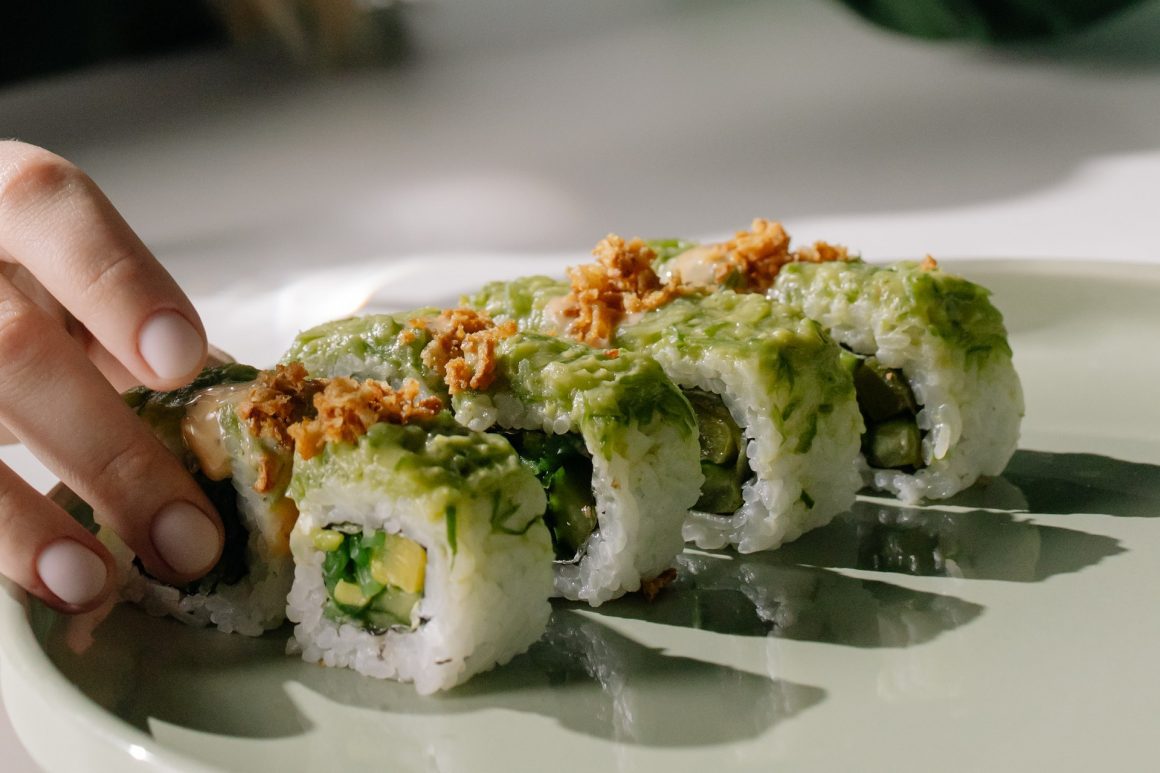
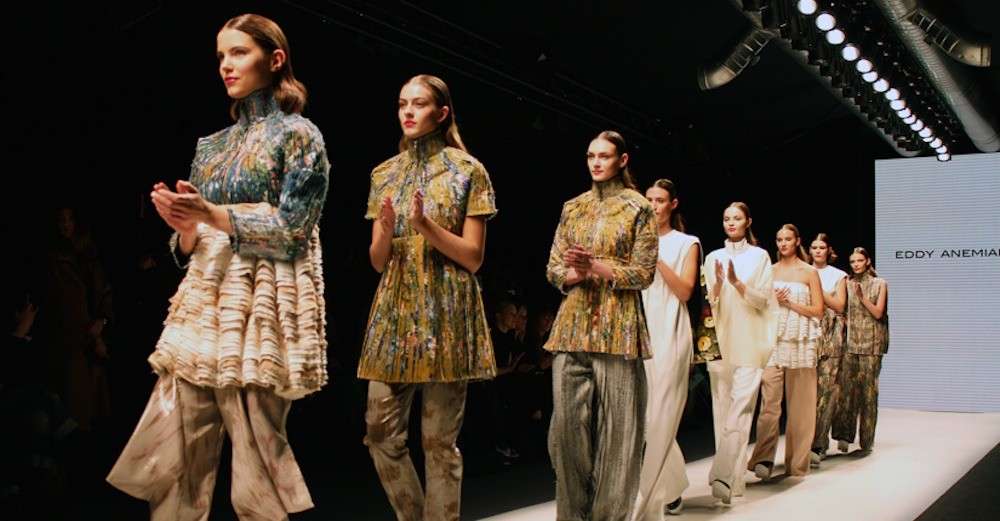
Follow us on Instagram